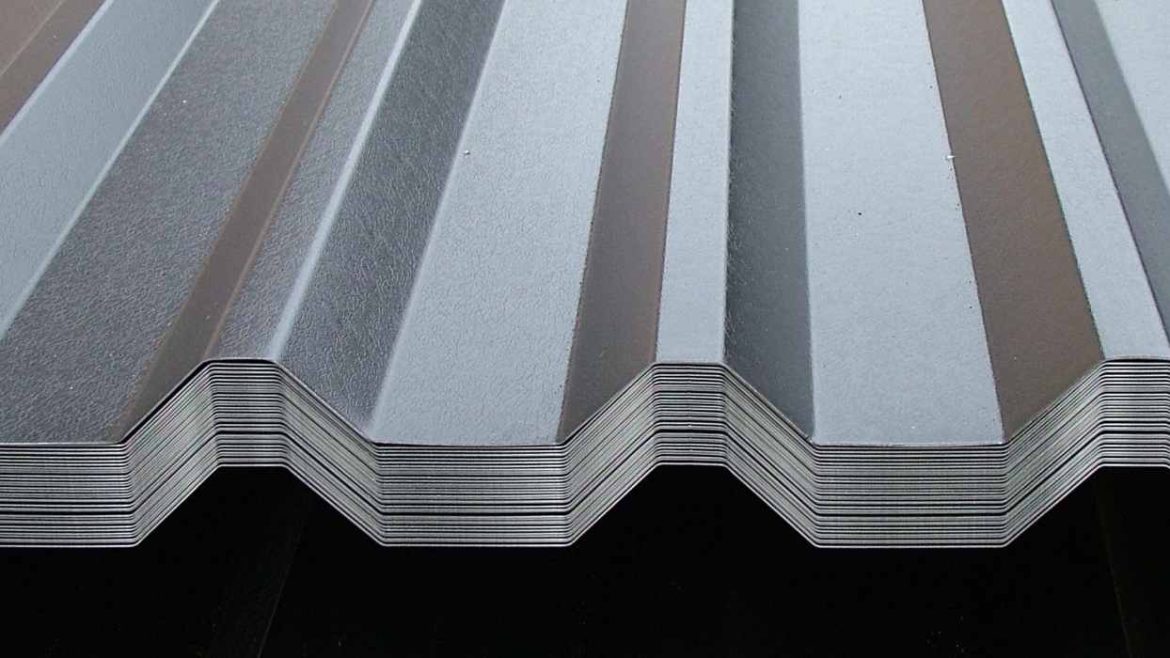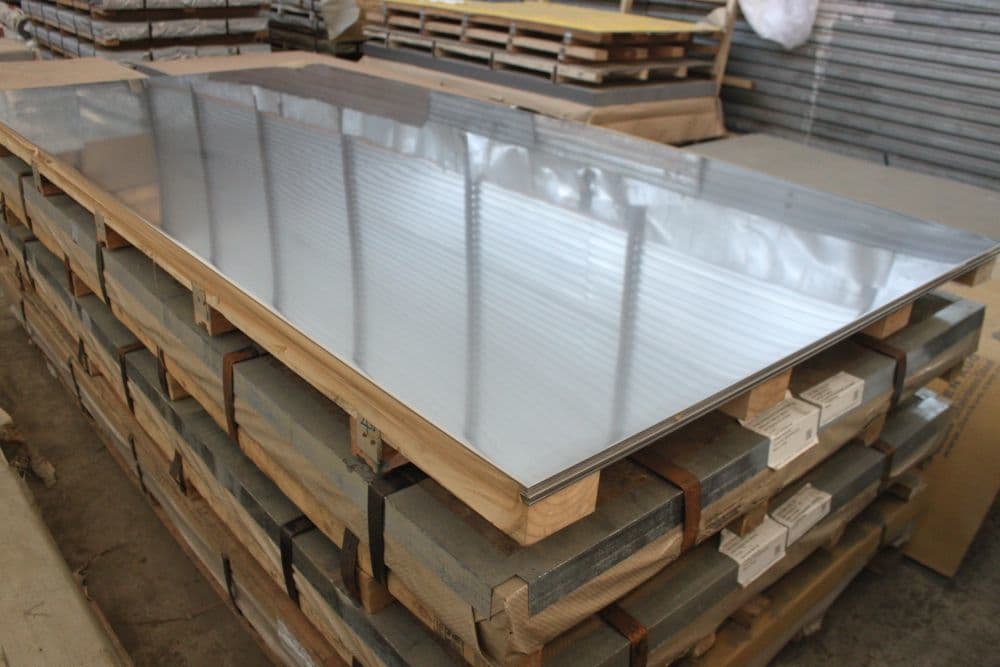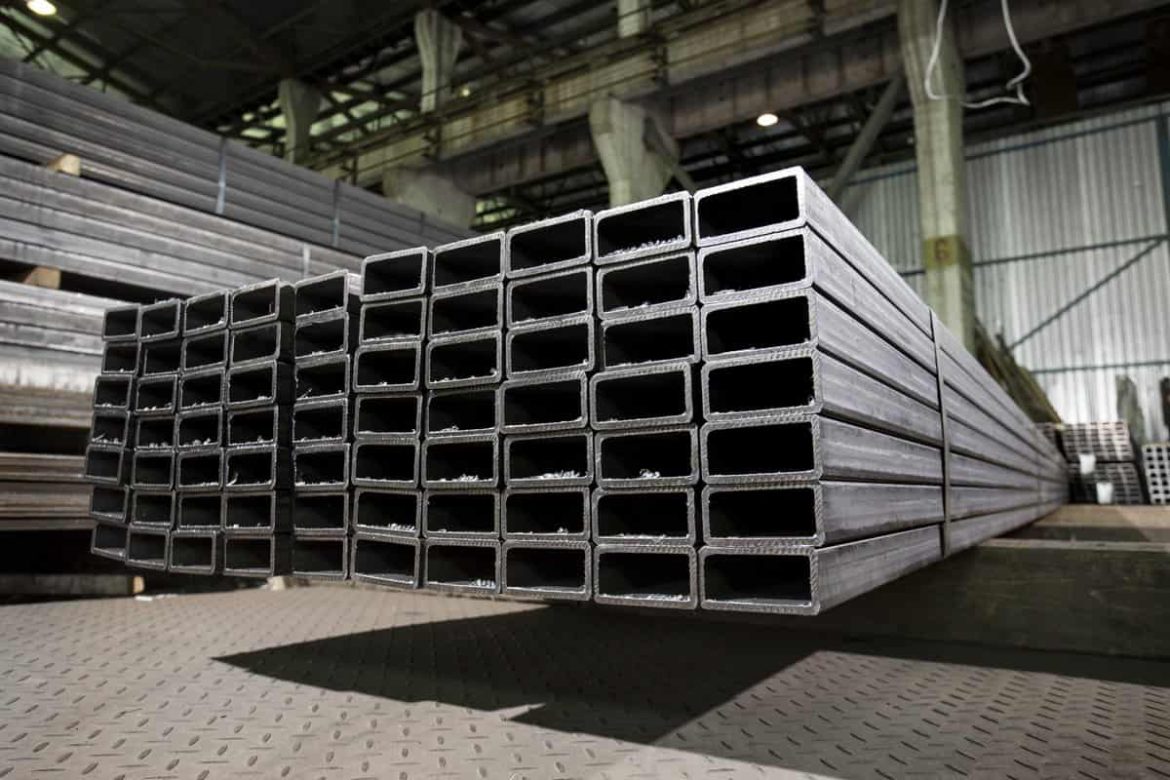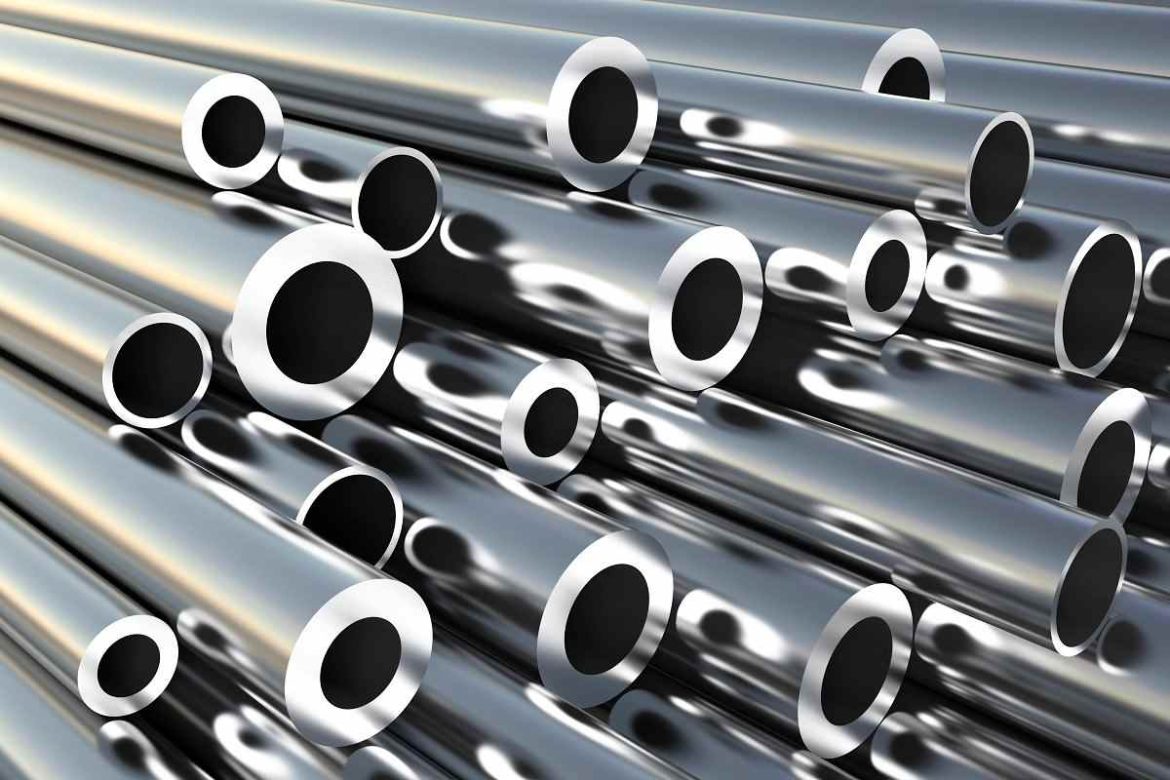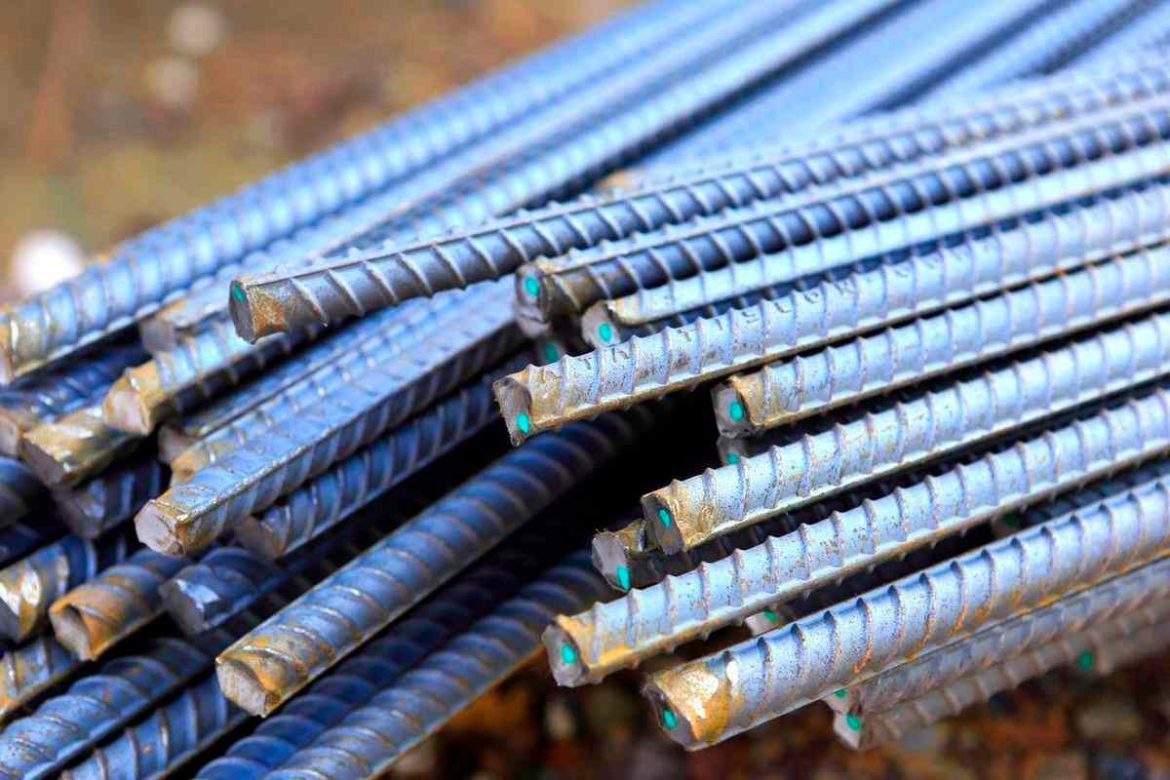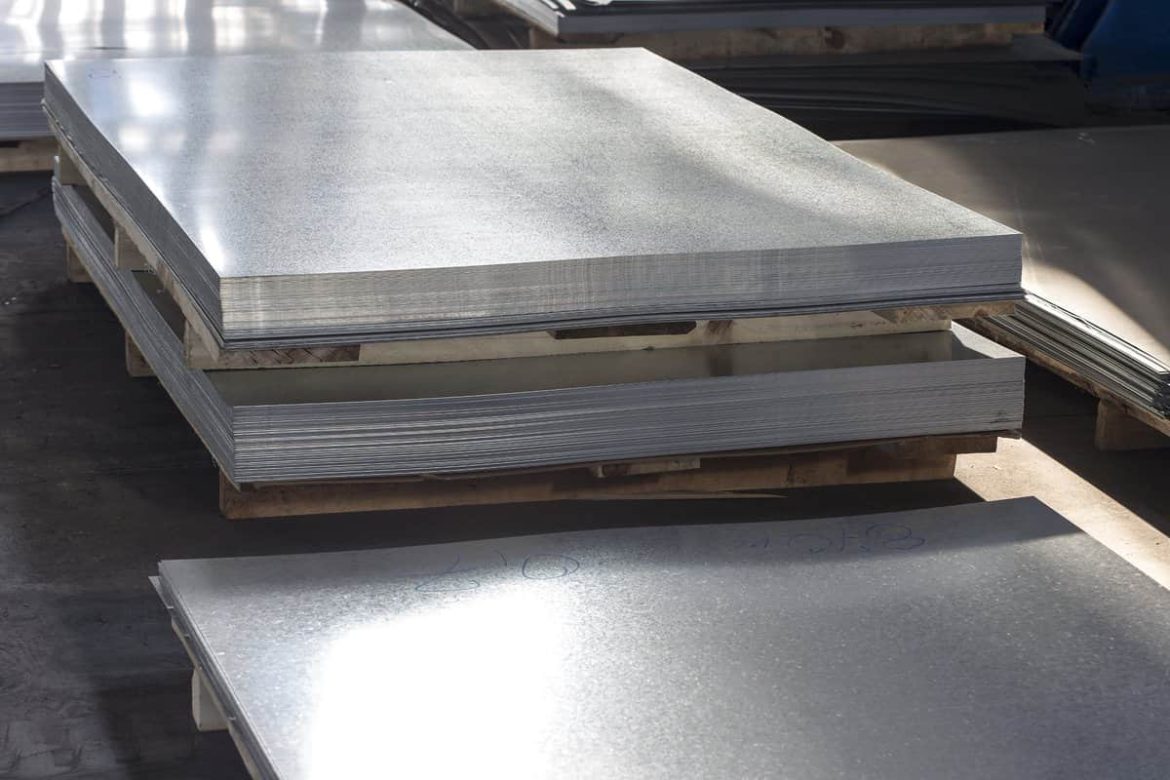Hot rolled pickled and oiled steel sheet | great price
Steel is hot rolled to produce sheet materials
The steel sheets that come from the hot rolled process are pickled and oiled
You pick the products that are most suited to your project to cut costs and prices
When some kinds of metals are processed at the mill, such as steel and copper, the resulting products frequently have surface impurities
Mill scale is one of the most frequent types of surface pollutants, but they can appear in a variety of other forms as well
It is sometimes permissible for the metal being purchased to have these post-forming surface impurities, however this decision is made on a case-by-case basis and depends on the use
However, depending on the task that the metal is going to be utilized for, there are instances when the surface needs to be extremely clean and uncontaminated
It is usual practice to include a pickling process and an oiling process as the final phases of the metal processing method
This is done so in situations when the application requires a high degree of surface cleanliness
Pickling is a procedure that is used to clean the surface of metals, and it is most typically done after the metal has been created
The surface of a metal can be cleaned by the process of pickling by exposing it to an acid that is referred to as the pickling fluid
The type of acid that is used in the pickling liquid is determined by the metal that is being pickled; nonetheless, hydrochloric acid is used for pickling the vast majority of low alloy steels
When cleaning metals that have a high resistance to acids, it is possible that a more potent acid or a pickling process that requires two steps will be required to get the results that are sought

How is the process of pickling carried out? Usually, a metal must be washed in a solution to get rid of the larger particles of dirt and debris that have accumulated on it before it can be pickled
After the rinsing step, the metal goes into a pickling liquor bath as the next step in the process
When the metal is submerged in the pickling fluid, the acid begins to work to clean the surface of the metal by removing any impurities
In order to avoid the metal from being overexposed to the acid, it is taken out of the solution once the allotted amount of time has passed
When the metal is immersed for the appropriate amount of time in the appropriate amount of pickling liquor, surface discontinuities on the metal will be eliminated with only a little amount of metal being lost
The metal undergoes a second round of rinsing once it has been taken from the pickling fluid
After this step, it will typically go through something that is called the oiling procedure
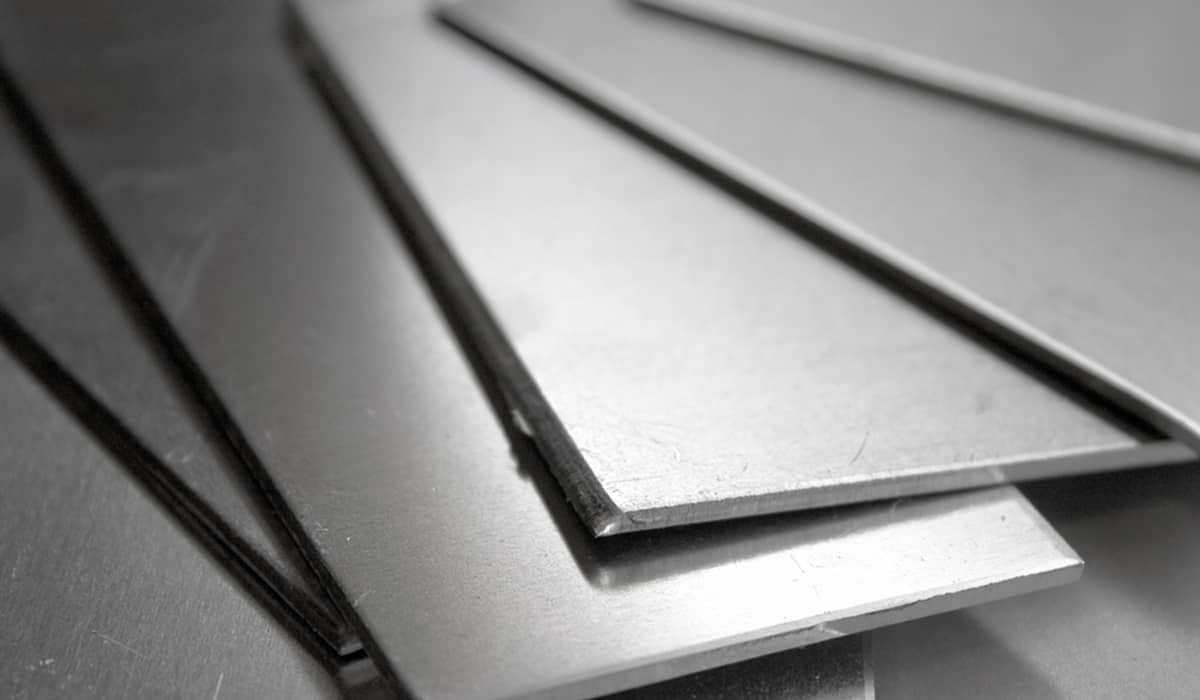
What is Oiling? In order to slow down or stop the oxidation process, it is common practice to apply oil right after the pickling and rinsing steps
After being pickled, a metal substrate is left entirely open to the environment, which is why this process is carried out on it
This can lead to corrosion occurring more quickly
It is not uncommon for steels, in particular, to experience flash rusting after the pickling procedure has been completed
This corrosion can be avoided and the metal can be stored for extended periods of time with just a little amount of oxidation occurring if oil is applied to the surface of the metal after it has been pickled and rinsed
It is possible that certain fabrication techniques will necessitate the removal of this oil; however, this step should not be taken until after the metal has been prepared for production
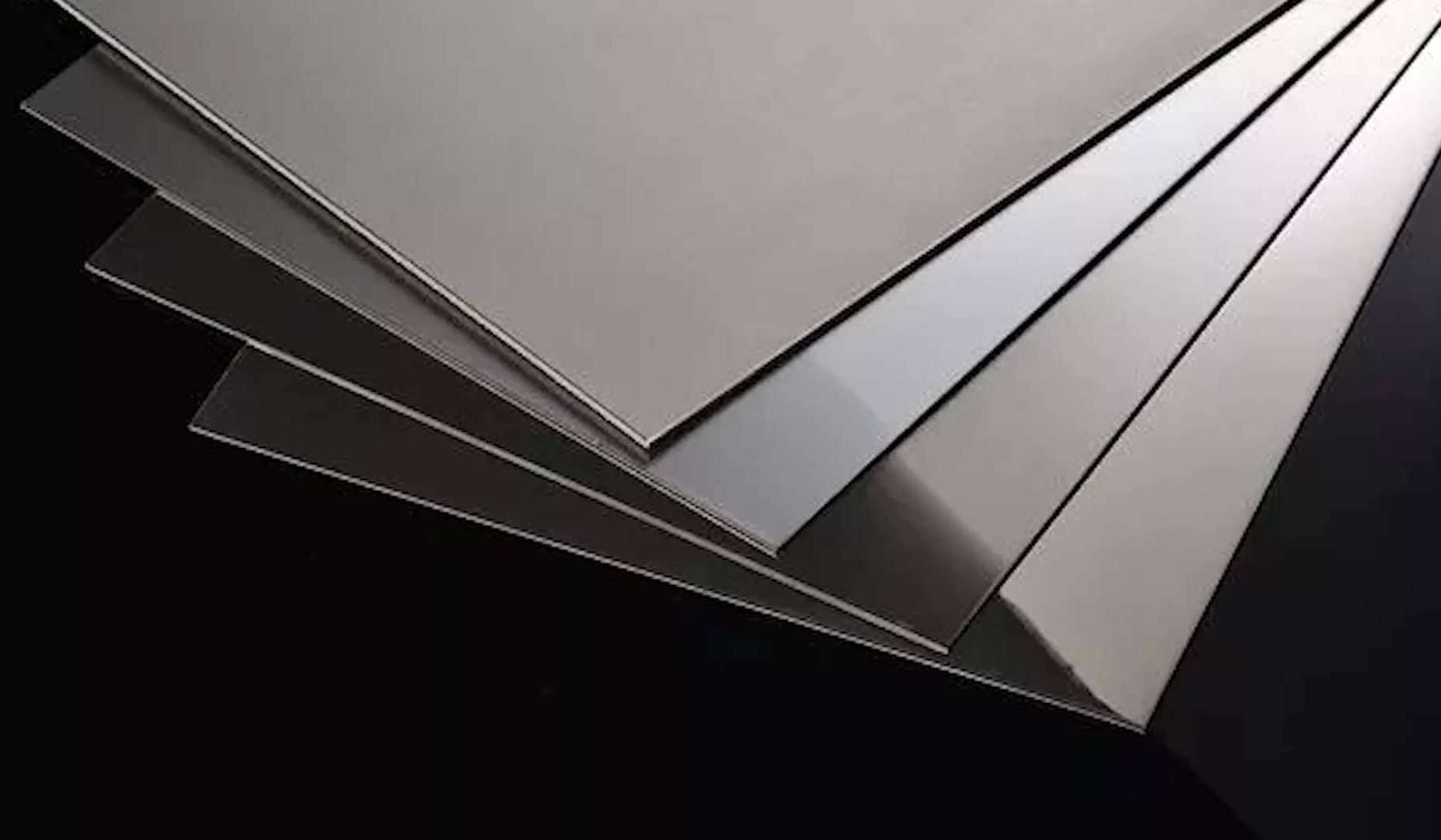
hot rolled steel sheet price
Hot rolled steel sheet is turned into a variety of models, such as galvanized, pickled, or oiled,
and the price varies depending on the model
In the metalworking technique known as “hot rolling,” the metal is heated to a temperature that is higher than its recrystallization point in order to plastically distort it prior to the working or rolling activity
This technique is used to construct shapes with the necessary geometrical dimensions and material attributes while preserving the same volume of metal
Specifically, this procedure is used to create a shape that has the same volume of metal
To obtain a consistent thickness and flatten, extend, and lower the cross-sectional area of the metal, it is first passed between two rolls while the metal is still hot
Steel that has been through a process called hot rolling produces hot-rolled steel, which is the most frequent output of this process
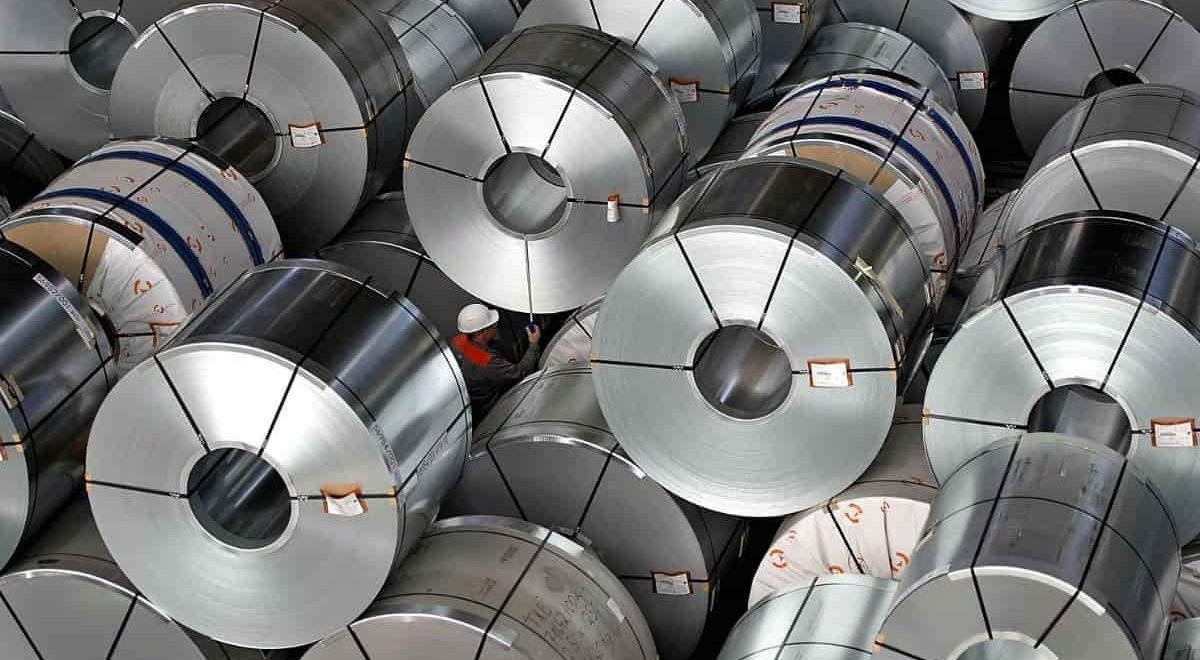
Hot-rolled steel is widely utilized in the metal industry, either as an end product or as raw material for operations that come after it
Large columnar grains that are forming in the direction of solidification make up the non-uniform early grain structure of metal
This is typically brittle, has grain boundaries that are weak, and may contain flaws like shrinkage cavities, porosity brought on by gases, and foreign material like metallic oxides
The grain structures are shattered, and the boundaries are destroyed, as a result of hot rolling
This results in the creation of new structures that have robust boundaries and grain structures that are consistent throughout
Starting materials such as blooms or slabs are sent directly from the continuous casting process into the rolling mills while they are still at a high temperature
Before being fed into the mill, the materials used in operations with a smaller capacity begin their journey at room temperature and need to be heated either in a soaking pit or through the use of induction
The benefits of hot rolling include: tenacity and power are required
Ductility resiliency in the face of vibration and jolt Formability Weldability Products made of hot-rolled steel can be divided into the following categories: Flat
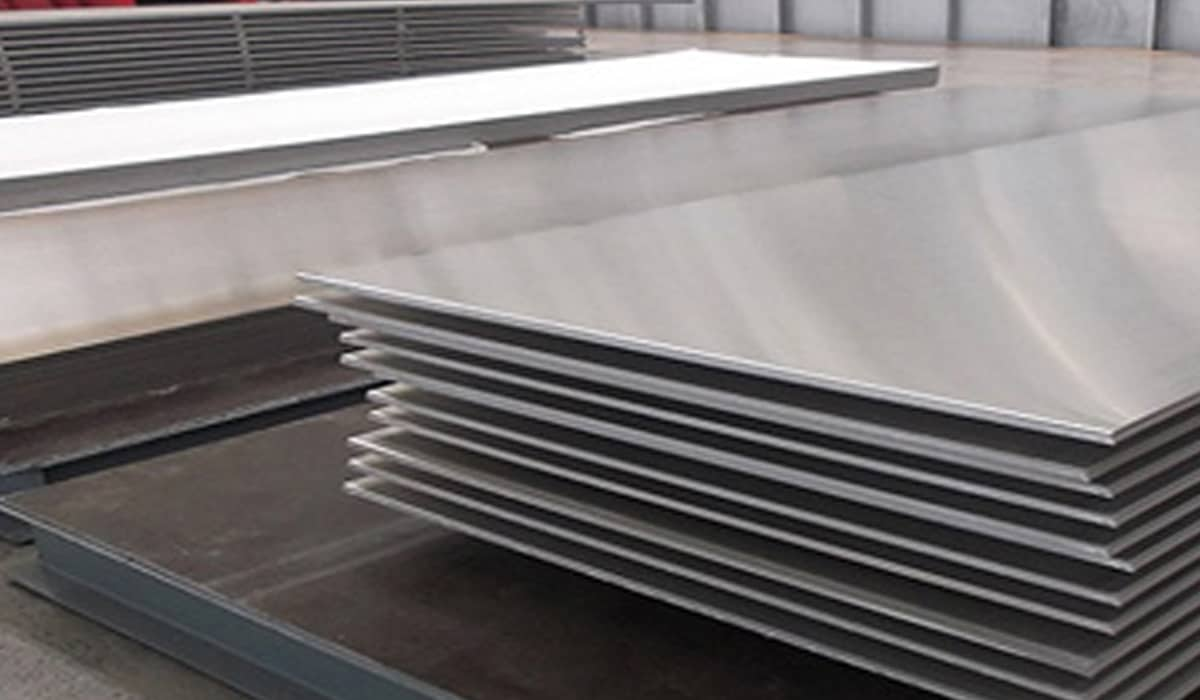
Long Seamless Specialty The following are examples of typical applications for hot-rolled steel: Components of the automobile’s framework, such as frames Products in the form of a table, such as gas cylinders and pipe Structures found in machines, such as saws and springs Agriculture equipment Metal buildings Protective railings Scale, rust, and contaminants can all cause faults on the surface of an object
The formation of scale results from the oxidation of the heated surface by the surrounding air
If the steel is only exposed to air for brief periods of time, the mill scale can help prevent corrosion from occurring
However, if the exposure is prolonged, the steel will corrode more quickly
If the surface is in touch with water and there is a significant amount of mill scale present, this can also induce severe pitting corrosion
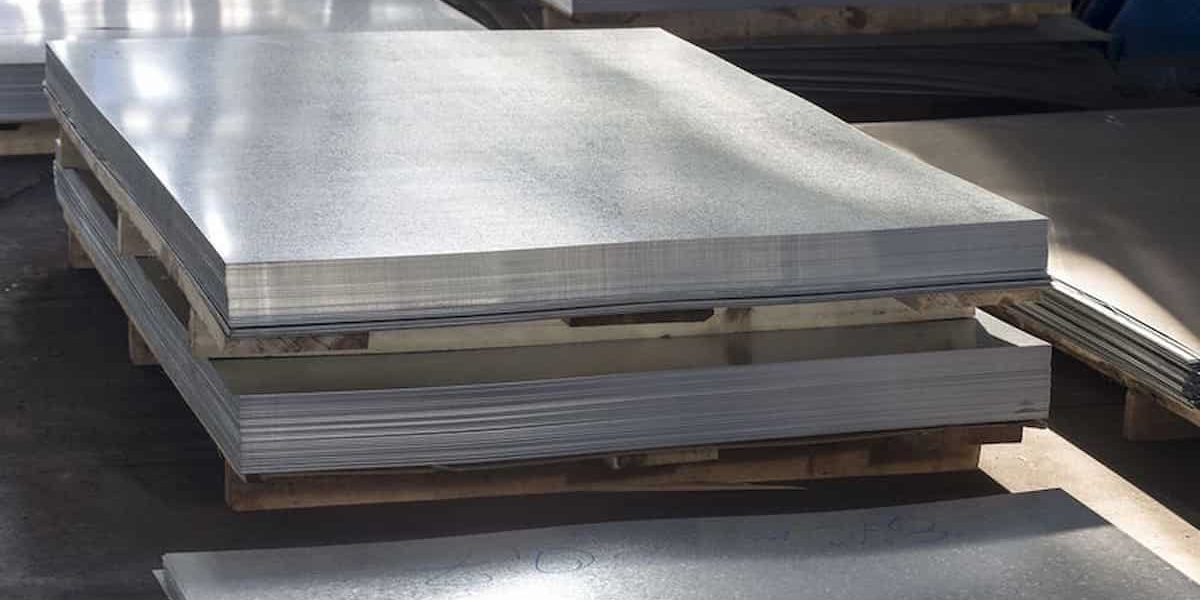
oiled steel sheet price
Steel sheets are oiled to increase their high level of corrosion resistance
Due of the modifications made to the product, the price is considerable
Pickling is a surface treatment for metals that is used to remove impurities such as stains, inorganic pollutants, rust or scale from ferrous metals, copper, precious metals, and aluminum alloys
Pickling is also used to eliminate oxidation
To eliminate the contaminants on the surface, a solution known as pickle liquor that typically consists of acid is utilized
In the numerous processes involved in manufacturing steel, it is typically utilized to descale or clean the steel
Surfaces of metals can have impurities on them, which can have an effect on how the product is used or on subsequent processing steps, such as plating with metal or painting
In most cases, several chemical solutions are employed in order to accomplish this task of cleaning
Strong acids, such as hydrochloric acid and sulfuric acid, are frequently used; however, a wide range of other acids are also utilized for a variety of purposes
In addition, alkaline solutions can be used to clean metal in its many forms
Wetting agents and corrosion inhibitors are examples of the types of additives that are typically included in solutions
In situations where descaling is not required, pickling may also be referred to as acid cleaning
A discoloring oxide layer or scale can be left on the surface as a byproduct of many hot working techniques and other activities that take place at high temperatures
The piece of work that has to have the scale removed is first submerged in a vat containing pickle liquor
In order to remove any scale that may be present on the surface of the steel, it is customarily put through a pickling line before being subjected to a cold rolling operation
Hydrochloric acid is currently the most prevalent type of acid used in the production of steel; however, sulfuric acid was formerly more common
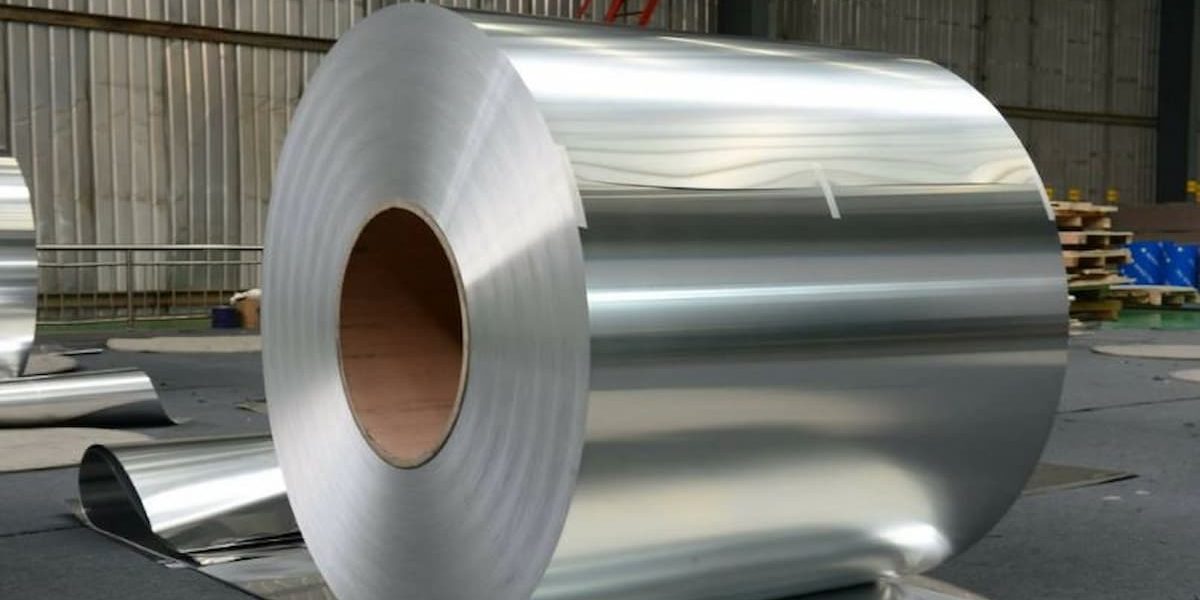
The price of hydrochloric acid is higher than that of sulfuric acid, but it pickles far more quickly while reducing the amount of base metal that is lost
Integration with automatic steel mills, which may run production at speeds as high as 243 meters per minute (800 feet per minute), necessitates that the speed be fulfilled
Pickling can be done in either hydrochloric or sulfuric acid, and it’s often done with carbon steels that have an alloy concentration of 6 percent or less
For steels with an alloy level that is greater than 6%, the pickling process must be carried out in two stages, and additional acids, including phosphoric, nitric, and hydrofluoric acid, are utilized
Chromium-nickel steels that are resistant to rust and acid are usually pickled in a bath that contains both hydrofluoric acid and nitric acid
Brass is pickled in strong sulfuric and nitric acid mixed with sodium chloride and soot
Most copper alloys are pickled in dilute sulfuric acid, whereas brass is pickled in concentrated sulfuric and nitric acid
When producing jewelry, the process of pickling is utilized to remove the coating of copper oxide that forms as a consequence of heating sterling silver and copper for the purposes of soldering and annealing
A pickling bath consisting of diluted sulfuric acid is generally employed, however citric acid can also be used in its place
When exposed to environmental conditions that include a humidity level that is moderate and high, sheet steel that has been acid pickled will oxidize, also known as rust
As a result of this, a barrier against the moisture found in the air is created by applying a thin film of oil or another type of water-resistant coating
After that, the oil coating needs to be removed in order to proceed with many of the fabrication, plating, or painting procedures
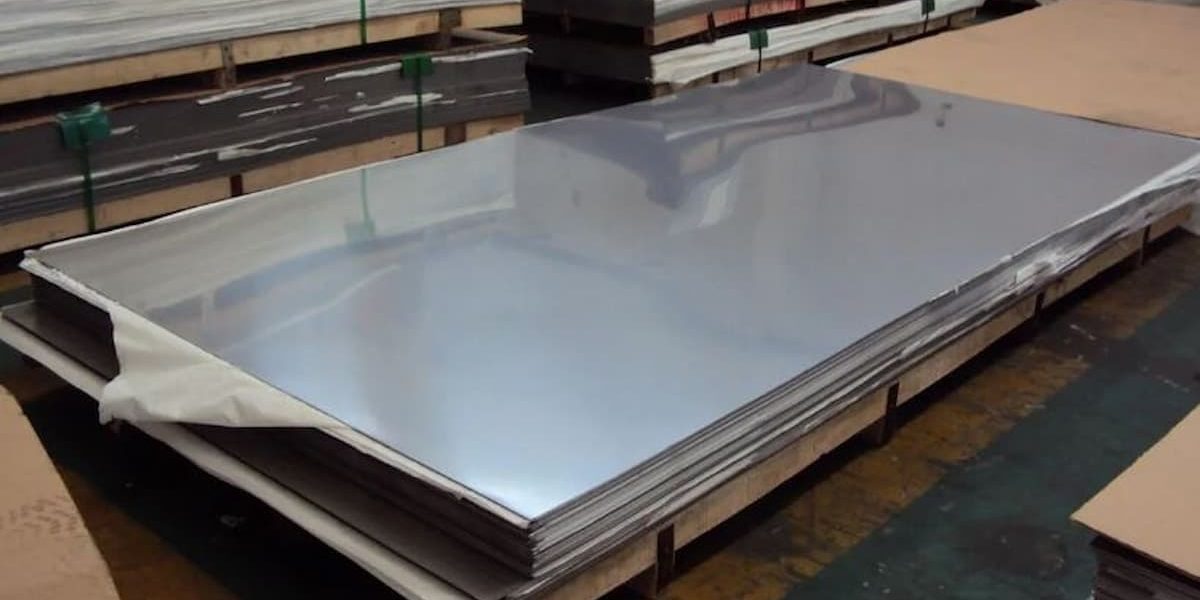
pickled steel sheet price
To increase its resistance to rust and corrosion, steel sheet is pickled and oiled
VAT is included in the price of these products
Hot-rolled pickled steel with a tensile strength of 310 MPa grade and used for high-surface quality automobiles contains 0
012-0
060 weight percent of carbon, 0
10 weight percent of silicon or less, 0
200-0
400 weight percent of manganese, 0
025 weight percent or less of phosphorus, 0
010 weight percent or less of sulfur, and 0
015-0
055 weight percent of aluminum silicate
A method for the production of hot-rolled pickled steel includes the following steps: routinely smelting the components listed above, and continuously casting the smelted components to form a blank;
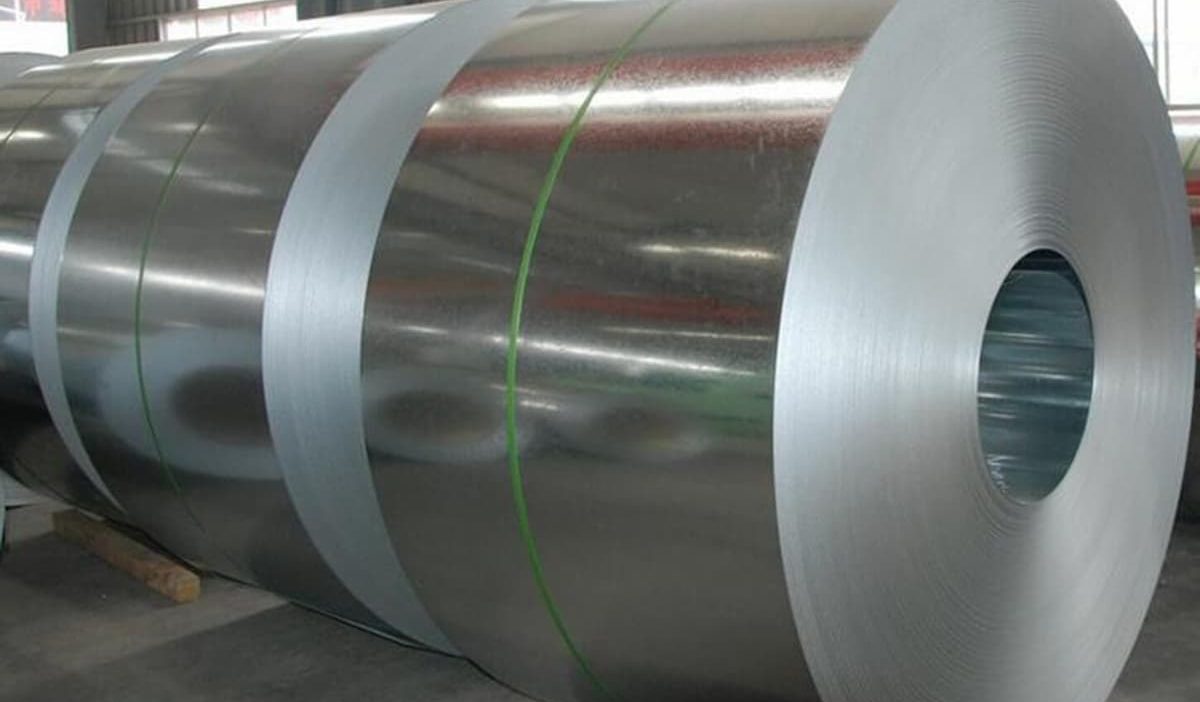
heating the blank formed by casting the components; performing hot rolling on the heated blank; reeling the hot-rolled blank; performing laminar cooling; and pickling the blank after it has been cooled
The surplus power of a cold rolling and pickling combination production line is used to produce hot-rolled pickled steel for automobiles
The surface roughness of the pickled steel is controlled by the fifth and last frame of the process, which results in the surface roughness of the product being between 0
8 and 2
0 [mu] m
Steel plates have equivalent chemical components and mechanical performances, and the hot-rolled pickled steel has excellent ductility, cold stamping moldability, weldability, and cold bending property
